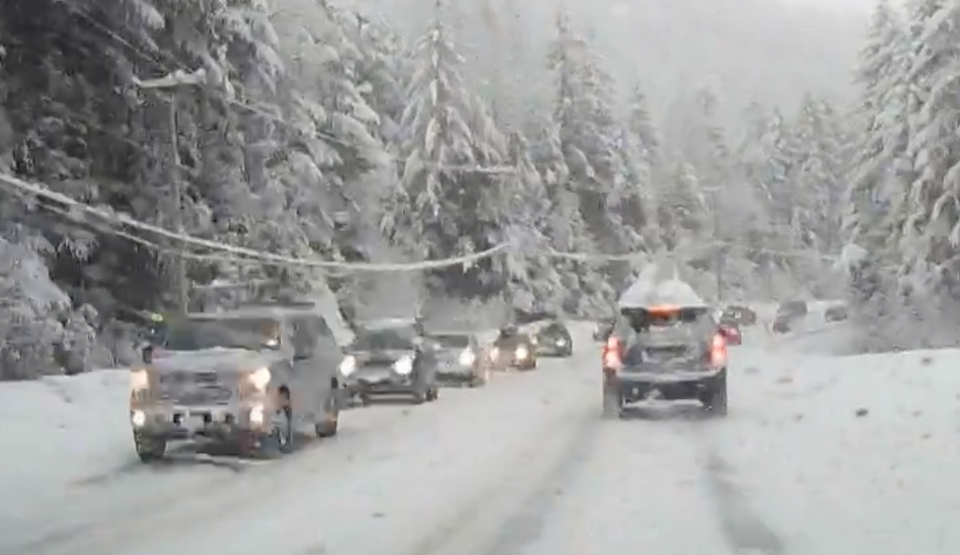Two recent letters to Pique drew my attention—the first a repeat of my friend Al Whitney’s misguided appeal to the Resort Municipality of Whistler (RMOW) to open up a third vehicle lane on the highway, with two lanes alternating to accommodate rush-hour traffic (“,” Feb. 16).
In the spirit of repeating points made in previous letters, allow me to repeat my point that this will inevitably induce more vehicle traffic, so it would be better for a third alternating lane (great idea!) to be dedicated to buses, shuttles, taxis, e-bikes and bicycles. That would also align it with the RMOW’s stated but painfully ignored policy to “give priority to walking, cycling, transit and other preferred modes over the single-occupant vehicle and private automobile.”
Then Mr. Whitney steps on his own tail when he doubles down on the misguided notion that reducing congestion will reduce GHGs. Leaving aside the rapid conversion of vehicles to EVs and stop-start technology that turns off the engine when the car is not moving, research shows that adding more capacity might reduce idling a bit, but it will actually induce more driving, which will lead to higher, not lower carbon emissions.
Which brings me to Graham Scott’s excellent letter about Vail Resorts’ lift expansions violating the RMOW’s requirement for more parking to be provided (“,” Feb. 16). Mr. Scott calculates a shortfall of 1,000 parking spaces based on recent lift expansions—even more when Fitzsimmons and Jersey Cream chairs are expanded.
Here, again, it’s tempting to fall into the trap of inducing more traffic and congestion by providing more parking. Rather than require Vail Resorts to provide more parking, the RMOW should amend its parking bylaw to require Vail to provide enough transit financing to take 1,000-plus cars off the road.
Transit could be further subsidized by charging for parking at Creekside, instead of attracting vehicles there with heavily subsidized free parking. (There is no such thing as “free parking.”) All Creekside parking revenue should be used to subsidize transit.
Further, BC Transit should offer free transit to anyone with a lift ticket, as happens in other resorts.
There is no way the RMOW will achieve its transportation objectives and reduce congestion without making transit and active transportation irresistibly convenient, safe and affordable. That would free up the existing traffic lane for people who will still have to drive.
Mr. Whitney’s insight of maximizing existing road space is on the money, but only if the added rush-hour lane is reserved for frequent, cheap buses, shuttles and bikes, with Vail Resorts stepping up to help make that financially feasible.
Peter Ladner // Whistler


